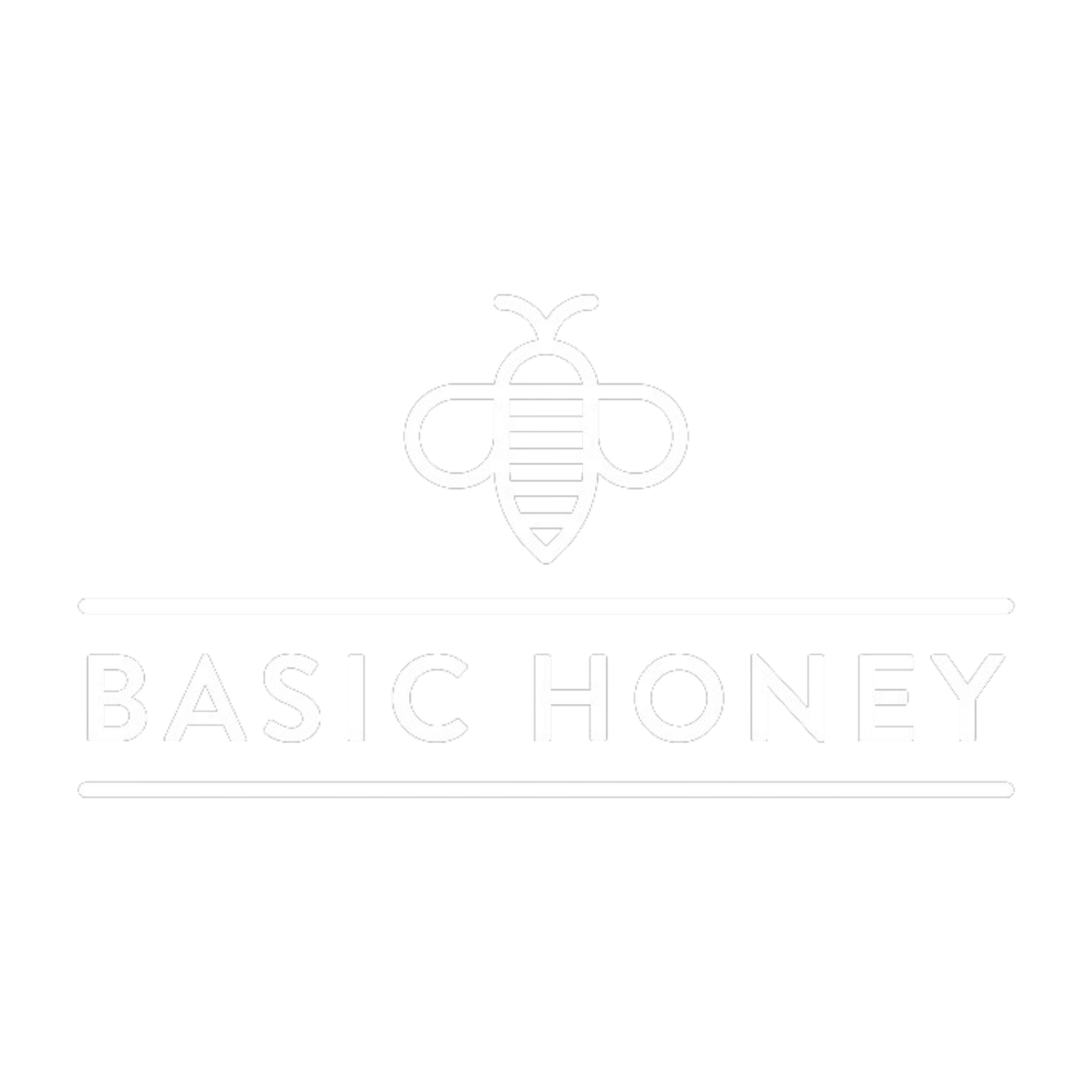Why Blending Honey is a Scam: The Truth Behind the Misleading Practice
Honey is the apex natural sweetener that has been consumed by humans for thousands of years. It’s popularity has only increased over time, making it one of the most widely used sweeteners in the world. However, not all honey is created equal. In recent years, the practice of blending honey has become a common practice by many honey packers. In this article, we will take a closer look at the truth behind blending honey and why it is a scam.
What is Blended Honey?
Blended honey is a mixture of different types of honey that have been combined to create an amalgamated product. The claim is this process is often done to create a more consistent flavor and color, as well as to improve the shelf life of the honey. The problem with this reasoning for blending honey is that it is often for ulterior motives. Many companies will mix low-quality honey with high-quality honey, creating a product that is horrible tasting compared to the unblended single floral source honey. This is a major issue, as many people believe that they are buying pure, high-quality honey, when in fact they are getting a blended product that may contain several cheap and questionable honeys.
The Problem With Blended Honey
Blended honey poses a number of issues for consumers. Firstly, it is lower quality than pure honey. This is because many of the honey blends on the market are made with low-quality, low cost, and poor tasting honey that has been processed and refined to the point where it has lost many of its beneficial properties.
Additionally, blended honey may contain additives and other artificial ingredients, which can have negative health effects. For example, some blended honey products contain high fructose corn syrup or liquid cane simple syrup which has been linked to a number of health problems, including obesity, diabetes, and heart disease.
Many of the companies that produce blended honey are not transparent about the quality and origin of their honey. This makes it difficult for consumers to know what they are really buying, and whether they are getting a quality product or not.
The Benefits of Pure Honey
Pure raw honey, on the other hand, offers a number of benefits that blended honey does not. Firstly, pure raw honey is of higher quality than blended honey, as it has not been processed or refined in any way. This means that it retains all of its beneficial properties, including its natural enzymes, vitamins, and minerals.
Raw mono-floral honey also has a unique flavor and aroma that cannot be replicated by blended honey. This is because pure honey is made from the nectar of specific flowers, which gives it a distinct taste and aroma. Also, raw honey is more nutritious than blended honey, as it contains higher levels of antioxidants, anti-inflammatory compounds, and other beneficial substances.
How to Choose the Right Honey
So, how do you know if you are buying pure honey or blended honey? The best way to ensure that you are getting a high-quality product is to buy your honey directly from beekeepers. This will greatly increase the likelihood that you are getting a product that is raw and untampered by cutting out the middleman who is more focused on profits over product.
Also look for honey that has a specific floral source such as clover, gallberry, or orange blossom. This means the beekeeper made sure the bees were collecting nectar from a specific source.
Which Honey to Avoid
Try to avoid honey that labels in generalities. Honey labeled simply as "honey.” Also, honey that is labeled with locational terms such as “South West” or “Midwest” or an entire state like “California” is guaranteed blended and guaranteed garbage.
Conclusion
If you want to enjoy the many benefits of honey, it is important to purchase pure, raw, and unprocessed honey directly from the beekeepers that work with the bees. This will ensure the highest probability that you are getting a high-quality honey that is unblended, free of artificial ingredients and that has all of the beneficial properties that make honey the supreme sweetener.
Additionally, supporting the livelihoods of the beekeepers who work hard to produce high-quality raw honey. Buying directly is a great way to support the fight against colony collapse disorder, which is the largest threat to the bee population and the future of honey production.
So, the next time you are in the market for honey, make sure to choose pure, raw, unblended honey that is produced by beekeepers. Your taste buds and your health will thank you!

